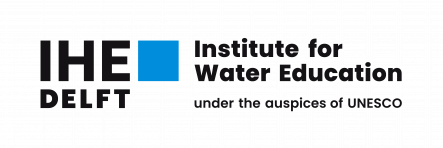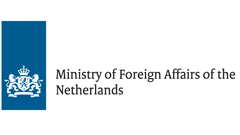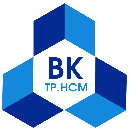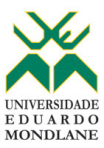Proposed Outcomes

Development outcomes and corresponding outputs
Outcome 1. Water authorities and users improve monitoring of groundwater salinity, levels, abstraction rates and demand
Among three other outcomes, the successful completion of SALINPROVE will have led to the optimization of the monitoring networks for groundwater salinities and related parameters in the study areas, operated by the Water and Environmental Agencies (WEA), in collaboration with other water actors and users (i.e. participatory monitoring). Related parameters consist of groundwater levels and certain physicochemical state variables, but can also include socio-economic parameters such as number of groundwater providers and users, demand, extraction rates and availability). Monitoring data will be communicated periodically in bulletins and/or through a database linked to the communication/dissemination platform to be created for the project, allowing informed decision-making (see also outcome 4). The need for improved monitoring will be fed by an increased awareness of the potential of groundwater and the current problems of groundwater salinization. In fact, the first output foreseen to achieve this outcome is an assessment of the hydrological, environmental and socioeconomic issues, causes and impacts related to groundwater salinity in each of the three case study areas. Optimized and operational monitoring networks for groundwater salinities and related parameters constitute the second output. These will have been co-constructed together with the agencies responsible for implementing and operating the networks.
Outcome 2. Water authorities manage groundwater resources more efficiently supported by models
The first output foreseen to achieve this are co-constructed, calibrated and implemented models for groundwater resources management, including scenarios and measures. The second output consists of jointly built climate change and socio-economic scenarios that affect freshwater availability and demand. By co-constructing the scenarios and groundwater models with the academic partners and the users of models (WEA) we believe that the project will be successful in stimulating the use of the groundwater model as a decision-support tool. WEA can hence use the models to regulate groundwater abstractions, and Water Utilities (WU, or water supply companies/departments) and Water Resources Planning Divisions (WRPD) will optimize their pumping practices (locations and rates of pumping wells) based on model simulations, in collaboration with the model operators.
Outcome 3. Facilitated adoption by water actors of technically and socio-economically validated mitigation/adaptation measures to groundwater salinization
A large initial workshop and smaller outreach workshops will be organized to achieve this outcome, as this is a fundamental step towards creating ownership of mitigation/adaptation measures. The recording of the main outcomes of these workshops constitutes the first output. The other three foreseen outputs to achieve this outcome are the joint development of guidelines for groundwater exploitation, a pre-feasibility study on managed aquifer recharge (MAR) and the viability analysis of saltwater adaptation measures, such as the production of salt tolerant crops and aquaculture. Sites and potential for new groundwater development and (MAR) will have been analysed in detail and the first pilot systems will have been designed in collaboration with the responsible stakeholders (WU, WRPD). At the end of the project we believe that important stakeholders such as WU, WRPD and/or Agricultural/ Irrigation departments will be ready to adopt and implement mitigation/adaptation measures that have been technically and socio-economically validated in a largely participative manner.
Outcome 4. Public, private and academic water actors strengthen communication and cooperation with each other
The success rate of SALINPROVE will also be measured by the degree to which capacity has been built and communication and cooperation among stakeholders, users and research institutes has been promoted. To achieve this outcome, the first output focuses on capacity development that takes place through the training and outreach workshops, which also serve to share experiences and knowledge between researchers and water actors. We are convinced that the role of local researchers in the project will be fundamental and will guarantee that the initial steps set up by this project are continued over time. In every study area three to four researchers linked to academic institutes will be working on the main project activities, namely groundwater monitoring and modelling, mitigation and adaptation measures and their socio-economic assessment. Besides performing large part of the research work, supported by IHE staff, these people will be responsible for “carrying” the project in the region throughout its duration, including its coordination, management and liaising with the main stakeholders, and dissemination of results.
The second output consists of a communication platform where important project and partner/stakeholder activities, findings and data can be shared, thereby promoting informed decision-making and a groundwater dialogue among international and local partners/agencies and users. This output will be closely linked to project dissemination activities that will make use of the same platform. In fact, it is through active project dissemination and stimulation of groundwater related data sharing and dialogues that we hope to achieve the intended outcome.
Due to the highly participatory design of the project, we expect that the communities of practices created during the project (knowledge institutes, users, regulators) will be maintained long after the project. The project-developed tools such as the participatory monitoring networks and groundwater models will be continuously updated by the well-trained local researchers.






